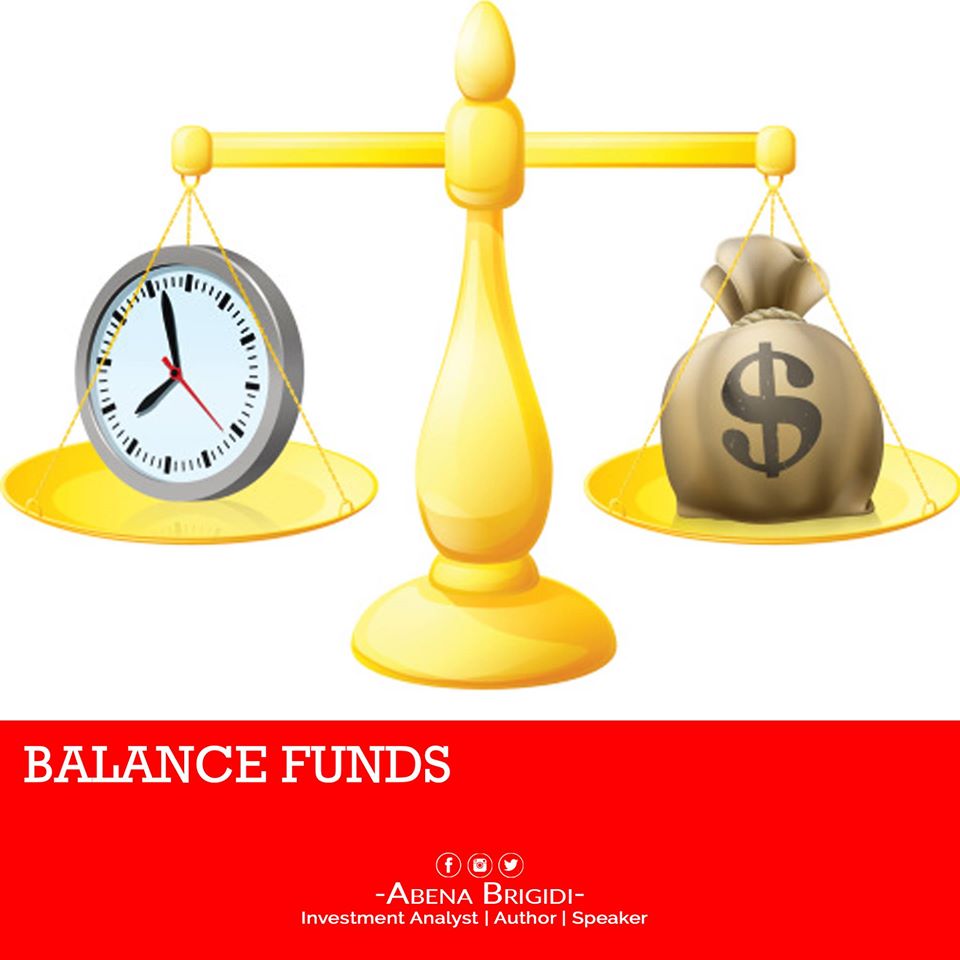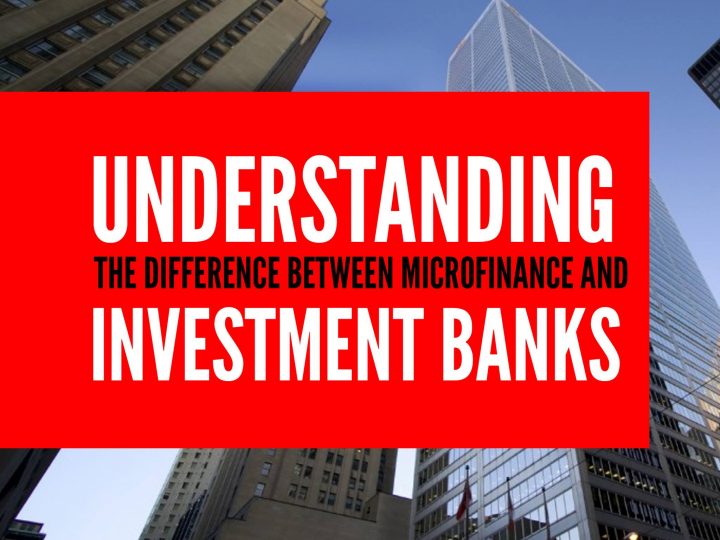
In our last cover of mutual funds, we looked at the balance fund. The balance fund is a mutual fund that invests in stocks, bonds and money market instruments.
Basically, think of the balance fund as a combination of an equity mutual fund and money market equity fund. Balance funds are designed to provide a mixture of safety income and capital appreciation.
On averagely, balance funds are less riskier than equity mutual funds but more risky than money market fund. The reason has been that Balance funds have exposure to the equity market. Balance funds are structured to benefit from declines in equities or fixed income instruments. When equities are expected to decline, B-fund managers will sell their equities and invest in fixed income or money market instrument. By so doing, they avoid total fund decline.
The risk exposures of Balance funds are in two forms. First, it’s exposed to the equity market fluctuation and also exposed to treasury yield declines. However, the fund manager mitigates this risk by shifting between these stocks and bonds depending on the direction of the investment landscape. The best way to assess return for a balance fund is to compare it to other balance funds.





